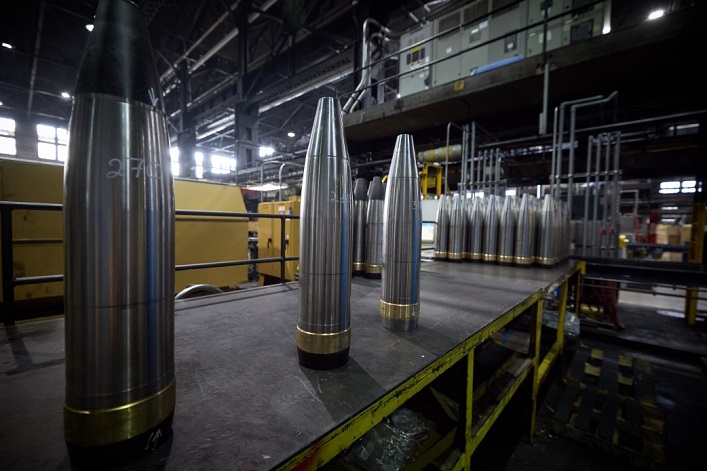Without sufficient government orders, private Ukrainian arms manufacturers operated at only 37% of capacity last year, while the Danish model works perfectly.


Last year, private arms manufacturers could have produced another 1.7 million drones and electronic warfare systems but lacked government contracts. These enterprises possess the ability to produce 4,700 units of such equipment daily if continuously contracted by the government. The total value of lost weapons production last year is estimated at almost $2B. Private defense companies produced over 2.7 million weapons units last year. In contrast, arms manufacturers received orders from government buyers and charitable foundations for over one million units of military equipment (37% of total capacity).
However, partner states are investing in Ukrainian weapons production using the Danish model. Through the initiative, Ukraine’s Armed Forces have already received weapons worth almost €597M, of which Denmark has provided €175M.
This year, the EU allocated €1B from frozen Russian asset proceeds for further investment into the Ukrainian defense industry, with other expected contributions including Canada – with approximately €67M, Denmark – €130M, Norway – approximately €43M, Sweden – $178M.







